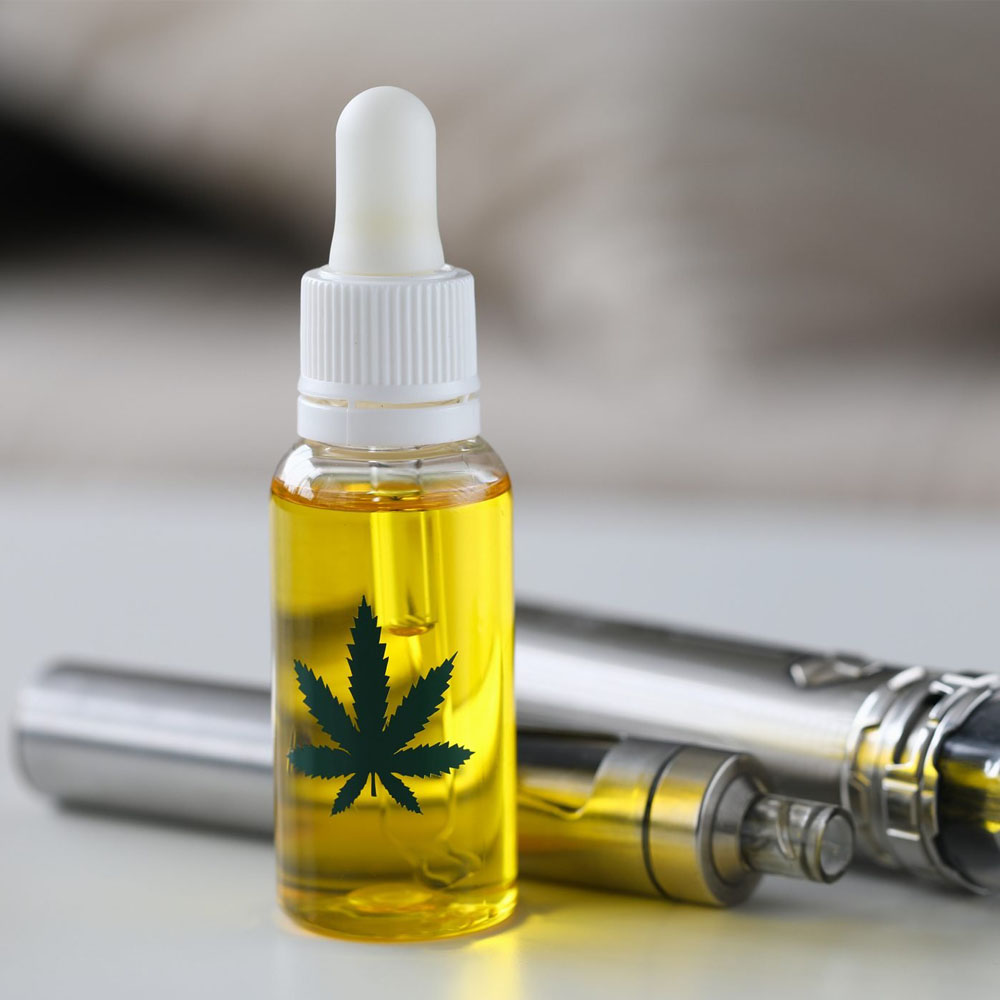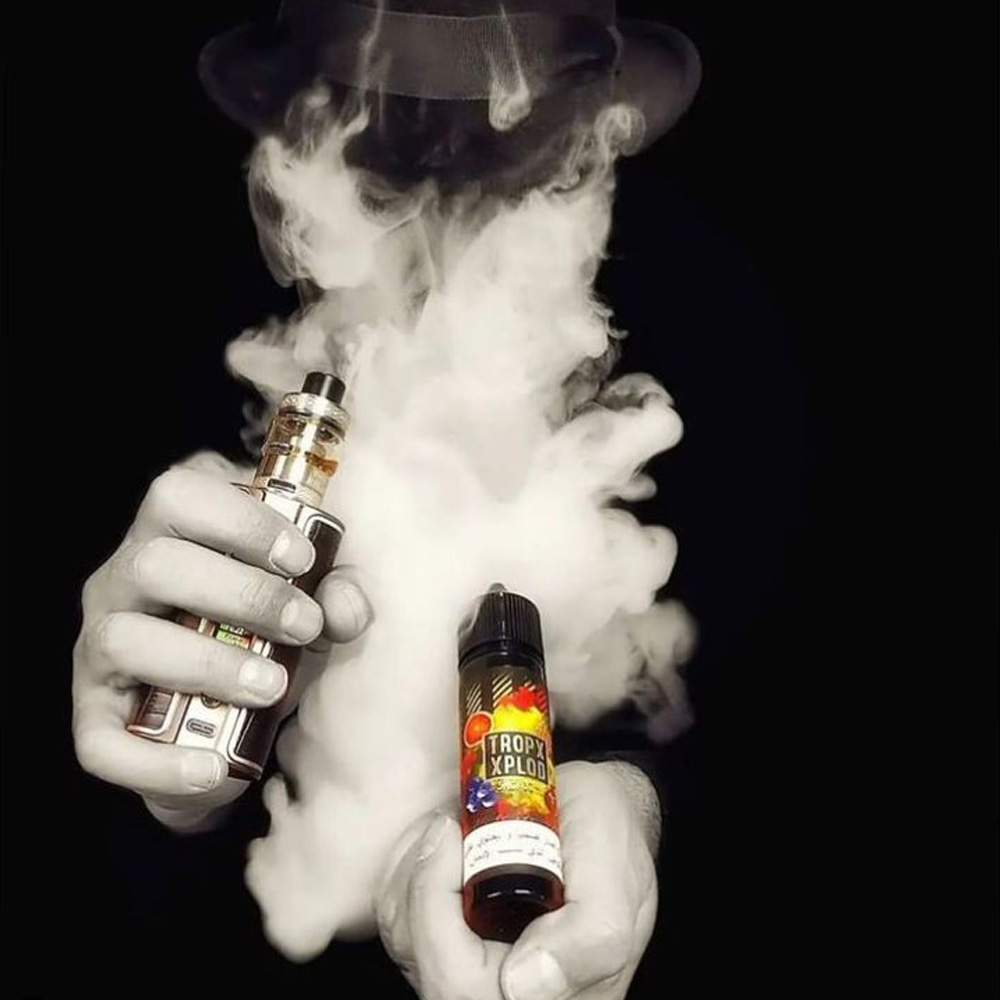
Unraveling the Mysteries: A Comprehensive Guide to Freebase Vape Juice
In the expansive world of vaping, understanding the intricacies of available products is paramount for unlocking the ultimate vaping journey.
Among the frequently debated topics among vape aficionados lies the enigma of freebase vape juice. So, what exactly sets freebase vape juice apart? At its core, freebase vape juice encapsulates a refined form of nicotine that undergoes a meticulous transformation to amplify its potency and nicotine delivery, devoid of additives like benzoic or citric acid. Join us as we embark on a voyage to unravel its complexities and unearth its multitude of features!
Freebase vape juice serves as an indispensable component in the realm of electronic cigarettes and vaping devices, housing freebase nicotine—a meticulously refined form of nicotine chemically altered to heighten its impact when heated, without the inclusion of salt or acid compounds such as benzoic or citric acid.
The production process of freebase nicotine involves extracting nicotine from the tobacco plant and subjecting it to an ammonia treatment, thereby stripping away its acidic protons and transitioning it into its freebase state. This chemical metamorphosis elevates the nicotine’s alkalinity, resulting in a higher pH level and a more pronounced throat hit upon inhalation, particularly evident at higher nicotine concentrations. This robust sensation varies in intensity depending on the nicotine concentration, offering a familiar experience akin to smoking, though potentially overwhelming for those new to the world of vaping.
Freebase nicotine finds its perfect complement in the realm of direct-to-lung (DTL) vaping, where high-wattage devices reign supreme in vaporizing the e-liquid, facilitating deep, direct lung inhalation. This method harnesses the unique properties of freebase nicotine, accommodating a broad spectrum of nicotine concentrations, typically ranging from 0 mg to 24 mg, to cater to the diverse preferences of users.
When delving into the realm of freebase vape juice, pinpointing the optimal ohm setting is pivotal in crafting your desired vaping experience—whether you aspire for a robust or milder nicotine hit, and the specific type of throat hit you crave.
Sub-Ohm Vaping (Below 1.0 Ohm): Crafted for the aficionados of DTL vaping, sub-ohm coils excel with freebase nicotine e-liquids, boasting the capability to handle higher wattages essential for effective vaporization. These coils, typically ranging from 0.5 to 0.8 ohms, deliver an intensified throat hit and dense vapor clouds, elevating the intensity of flavor and overall vaping gratification to unparalleled heights.
Higher Resistance Coils (0.9 Ohm to 1.8 Ohms): Tailored for connoisseurs favoring a smoother, cooler vape encounter, coils within this resistance range adeptly harness freebase nicotine. Striking a delicate balance between vapor production and battery and e-liquid consumption, these coils cater to individuals seeking a gratifying nicotine delivery with a more subdued throat hit, making them an ideal choice for those finding sub-ohm vaping too overpowering.
In essence, the perfect ohm for freebase vape juice is contingent upon your preference for vapor production and throat sensation. Sub-ohm setups are recommended for seasoned vapers seeking exhilarating vaping sessions, while coils with higher resistance cater to those yearning for a more tempered experience.
Evaluating the compatibility of freebase vape juice with pod systems such as Crystal Plus or Crystal 4in1 requires an in-depth understanding of their distinctive configurations. Pod systems prioritize convenience and portability with lower wattage and higher resistance coils compared to traditional sub-ohm devices, rendering them better suited for nicotine salts rather than freebase nicotine e-liquids.
Pod systems commonly feature coils with resistances exceeding 1 ohm, tailored to mouth-to-lung vaping. This vaping style necessitates less power, diverging from the prerequisites of freebase vape juice, which thrives at lower resistances and higher temperatures for optimal performance.
Nevertheless, select pod systems boasting adjustable power settings and sub-ohm coils can effectively accommodate freebase vape juice. These innovative systems offer a vaping experience characterized by enhanced vapor production and flavor, appealing to vapers partial to lighter nicotine strengths transitioning from more potent devices.
The shelf life of freebase nicotine e-liquids typically spans one to two years under ideal conditions. This duration is influenced by various factors, including storage environment, ingredient quality, and exposure to elements such as light, heat, and air, all of which can hasten degradation.
To prolong the shelf life, it’s recommended to store freebase nicotine e-liquids in a cool, dark environment away from direct sunlight, ensuring bottles are tightly sealed to minimize air exposure. Oxidation from air can diminish nicotine strength and alter flavor profiles. Additionally, opting for high-quality ingredients and simpler flavor compositions can enhance longevity, whereas complex and additive-rich e-liquids may degrade more swiftly.
The notion of blending freebase nicotine and nicotine salts in a single e-liquid concoction piques the curiosity of many vapers. Freebase nicotine, renowned for its robust nicotine hit and intense throat sensation, pairs seamlessly with high-wattage devices for DTL vaping. Conversely, nicotine salts, incorporating acids like benzoic or citric acid, deliver a smoother throat hit and are typically utilized in low-wattage, high-resistance setups for mouth-to-lung vaping.
The amalgamation of these two nicotine forms theoretically combines the bold flavor of freebase with the smoother inhalation of salts. However, their disparate pH levels might destabilize the e-liquid, impacting flavor and device performance. Moreover, vaping devices are typically optimized for either freebase or salt nic, and blended e-liquids could compromise both functionality and vapor quality.
If embarking on the journey of experimenting with freebase and salt nic mixtures, it’s advisable to start with small batches to observe performance nuances in your device, noting any alterations in flavor, vapor production, and throat sensation. Seeking guidance from seasoned vapers or vape shop professionals can provide tailored advice suited to your setup.
In conclusion, unraveling the essence of freebase vape juice is paramount for vapers venturing into the realm of diverse nicotine formulations. Freebase nicotine offers a potent and pristine vaping experience, cherished for its robust flavor and nicotine delivery in appropriate vaping setups. Whether navigating the choice between freebase and nicotine salts or embarking on the adventure of blending, tailor your selections to your unique vaping preferences for a gratifying experience beyond compare.
Find the newest trends and common knowledge in e-liquids business from our blog.

In the expansive world of vaping, understanding the intricacies of available products is paramount for unlocking the ultimate vaping journey.

CBD, short for cannabidiol, is a naturally occurring compound found in cannabis sativa and hemp plants.

Embarking on the journey of vaping often entails a quest for flavor exploration. Yet, transitioning between e-liquid flavors can sometimes be daunting, fraught with the

The UK government is set to introduce a new vaping tax, slated to be announced in the upcoming Budget. Here’s a breakdown of the potential

Doozy introduces Seriously Pod Fill E-Liquids, a cutting-edge range of vape juice available in bulk 100ml bottles designed specifically for your pod vape.

Embarking on a journey through the ever-evolving world of vaping, we present our top picks for the best nicotine salt e-liquids of 2024.
No. 194, Chongqing Road, Zhancheng, Fuhai Street, Bao'an District, Shenzhen